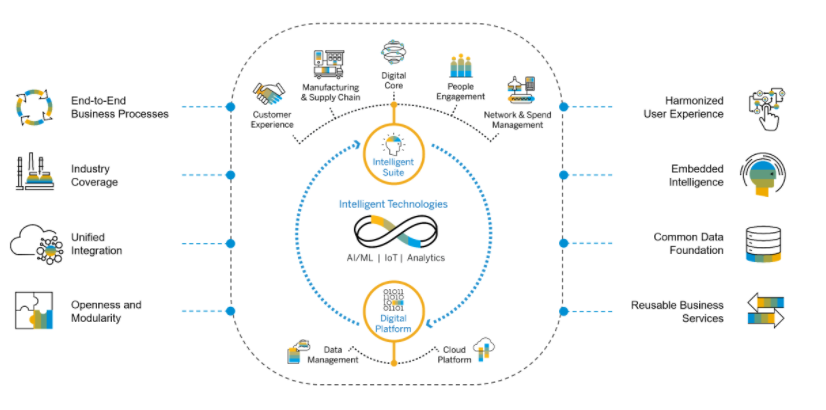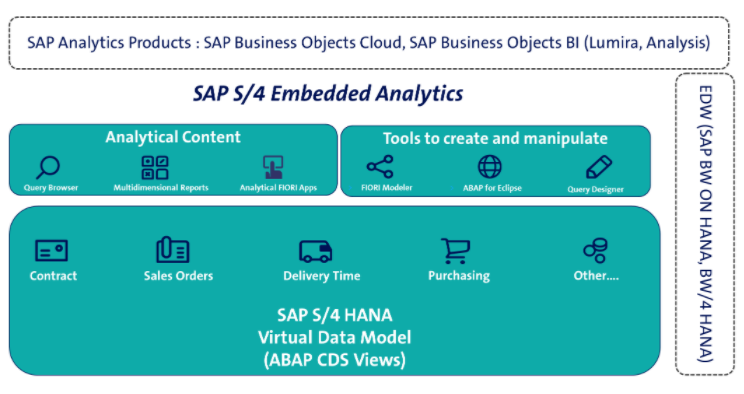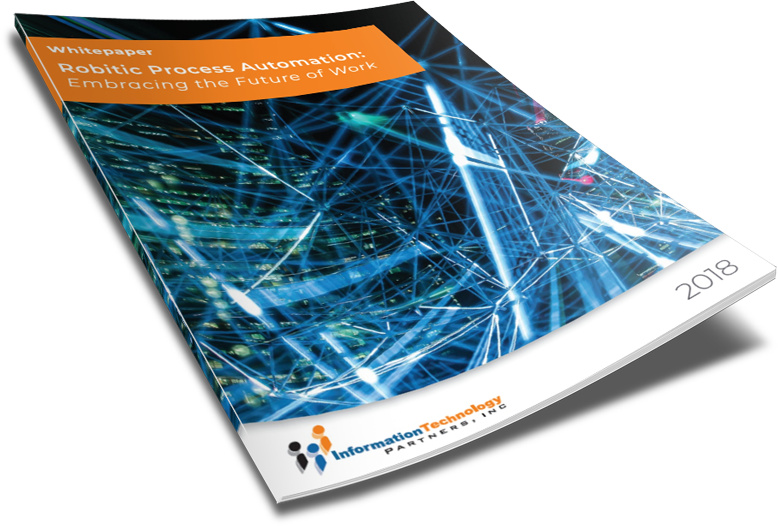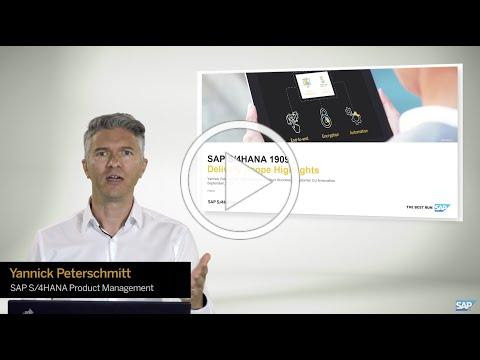TAKE NOTE (Insights and Emerging Technology)

For as long as government acquisition professionals can recall, there have been two long-standing complaints about the process. Program offices complain that the procurement process is long, confusing, and fraught with revisions and requests for additional information. Contracting officers complain that they never receive complete information, have to continually request revisions and additional documentation, and their overall procurement action lead time (PALT) suffers as a result.
The processes, paperwork and volumes of regulations governing how federal program offices and acquisition organizations interact are a bureaucratic maze requiring significant expenditures in time and effort to navigate. In federal procurement, at least 30 percent of a Contract Officer’s time is spent on data entry, matching purchase orders with invoices, and other administrative tasks that put a drag on their valuable time and skills. And that’s precisely what makes federal acquisition management ideally suited to benefit from automation.
Automation enables procurement staff to spend more time on critical tasks, such as improving requirements, market intelligence, reducing costs, risk management, category management, customer service, advancing small business goals, and professional development. So Appian built applications to do just that.
Appian helps organizations improve and standardize their procurement processes for managing requirements, solicitations, awards, and administration. The solutions give organizations the power to modernize every step of the acquisition process, including requirements management, contract writing, award management, vendor management, and close-out.
“One of the benefits of being deployed on a low-code automation platform is that Appian provides agencies with an end-to-end acquisition management solution that allows organizations to tailor the application to their specific needs,” said Ben Allen, Director of Acquisition Solutions at Appian. “Working in the acquisition space for 20 years, we saw that at a high level, the acquisition process is similar, but no one executes at the high level. They execute at the low level and the granular details that are specific to their organization’s mission are critically important to the efficiency of the process.”

Appian applications integrate directly with federal agencies’ systems of record, leveraging existing IT investment and ensuring smooth data flow between Finance and ERP systems that are critical to a seamless user experience. Appian integrates with Federal Integrated Award Environment systems as well as Department of Defense acquisition systems. A single view of all the acquisition data increases staff productivity, improves program outcomes, and reduces costs. The platform includes robotic process automation (RPA), artificial intelligence (AI), and workflow to improve acquisition management processes, productivity, user experience, and staff engagement.
Agile methodologies and low-code automation enable agencies to quickly configure acquisition solutions that address their needs.
Interested in learning more about RPA? Download our FREE White Paper on “Embracing the Future of Work”
UNDER DEVELOPMENT (Insights for Developers)
Understanding The SAP S/4HANA 1909 Release

Intelligent ERP: SAP S/4HANA 1909 release
We have been discussing Extended Warehouse Management with Shailesh in the last few blogs, and we will return to it in a bit. This month I wanted to discuss the latest release of S/4 Hana, release 1909.
SAP S/4HANA was introduced into the market in February 2015 by SAP. It is the core of intelligent enterprises and SAP’s ERP system. Since its inception, SAP has upgraded its on-premise editions of SAP S/4HANA annually to introduce different advances and additions to the platform. The upgrades include the 1511, 1610, 1709, 1809 and recently the 1909 releases.
These upgrades are centered on machine learning and automation. In the SAP S/4HANA 1909 release, SAP went a step further and ingrained these capabilities into the platform’s core. SAP calls this the digital core. It is an innovative architecture that embeds system intelligence and automation to help companies handle different practices on the SAP S/4HANA platform.
This blog covers the elements that set the SAP S/4HANA 1909 release apart from other versions.
Foundations of the Digital Core
The digital core that sets SAP S/4HANA 1909 release apart from other upgrades is ingrained in the following aspects:
- An architecture with a scalable foundation to allow the highest automation levels.
- An intelligence system that steers and supports different functions using simulation, prediction support, embedded analytics and prediction to run a live business.
- An end-to-end experience which can be adopted, implemented and consumed faster than other SAP S/4HANA releases.
- An open architecture that allows the adoption and connectivity of microservices.
Elements That Make the Digital Core Intelligent
The SAP S/4HANA 1909 release is renowned as an intelligent ERP system. The following are the elements that make this S/4HANA version intelligent:
- A digital age user experience: the conversational user interface of the S/4HANA 1909 and its natural language processing permits users to have a hands-free ERP platform.
- The automation of business functions: automation in business systems is focused on the bottom line to help minimize costs while maximizing returns. The digital core’s objective is the automation of 50% of business’ ERP functions within three years of its introduction to the market.
- The next business’ processes generation: the digital core has a streamlined design and a novel technology. It aims to increase a company’s top line by introducing an infrastructure that allows the complete rethinking of its service tasks and value creation.
– Dig Deeper –
SAP S/4HANA 1909
Innovation Highlights
Q&A (Post your questions and get the answers you need)

Q. What is S/4HANA Embedded Analytics?
A. There has been a lot of buzz surrounding S/4HANA Embedded Analytics in recent times. S/4HANA is the next generation Business Suite which runs on SAP’s in- Memory Platform HANA. It offers a lot of new and exciting features like:
- Fiori Based User Experience / Interface
- Simplified Data modeling using ABAP CDS Views
- Real time Operational Reporting with Embedded Analytics
- Business Planning with SAP BPC

S/4HANA Embedded Analytics allows the user to perform real time reporting directly on the operational data without the need to switch between two different systems for analytical and transactional requirements like SAP ERP and SAP BW, for instance. S/4HANA provides a variety of pre-defined ready-to-use Analytics content e.g.: Smart Business cockpits, Multi-Dimensional Reports, FIORI Apps as well as an Embedded BW System, which basically combines the OLTP and OLAP functionalities in a single system and eliminates the need of an additional data warehousing system as well as the time consuming ETL process. The S/4 Analytical Content could be accessed via. FIORI Launchpad or SAP Portal.
Cheers!



